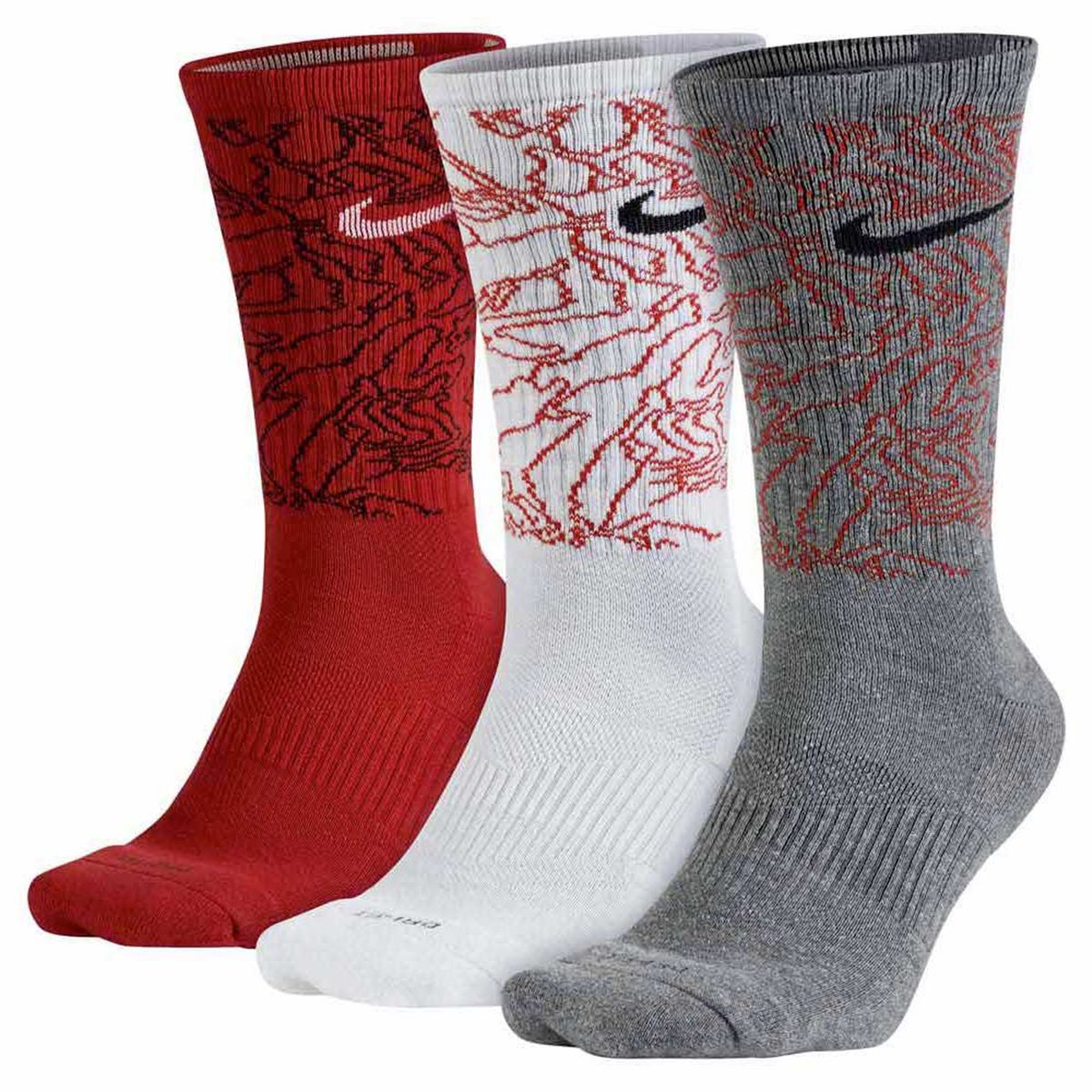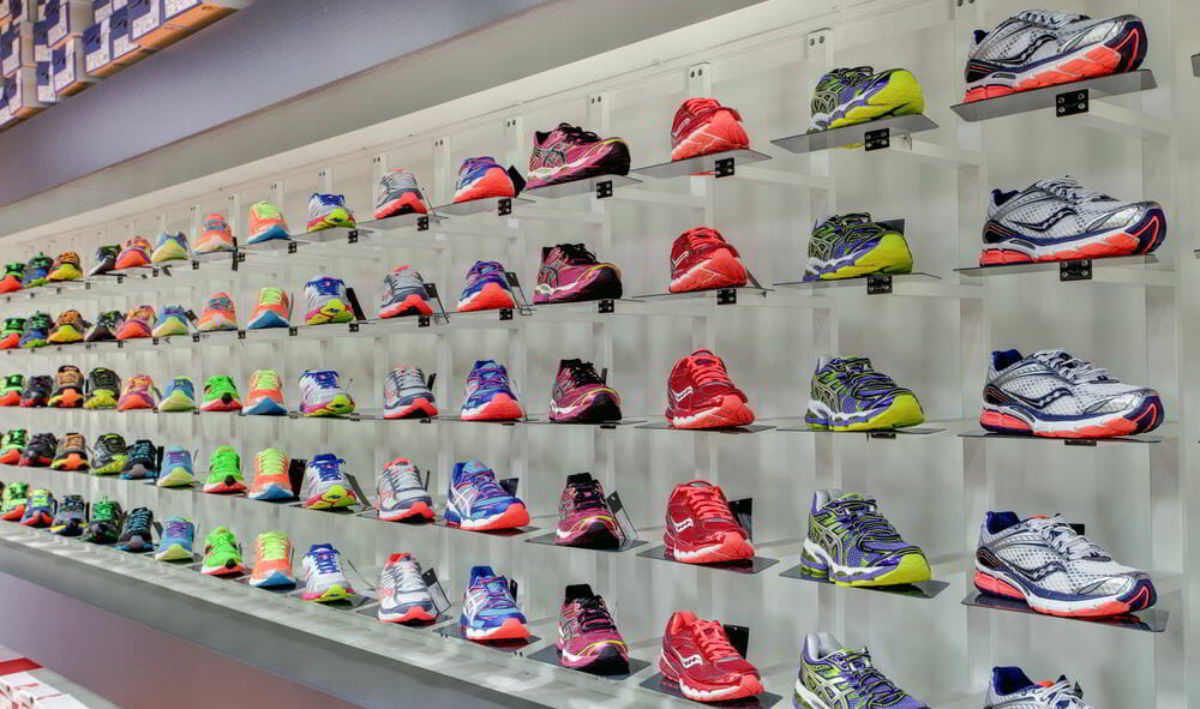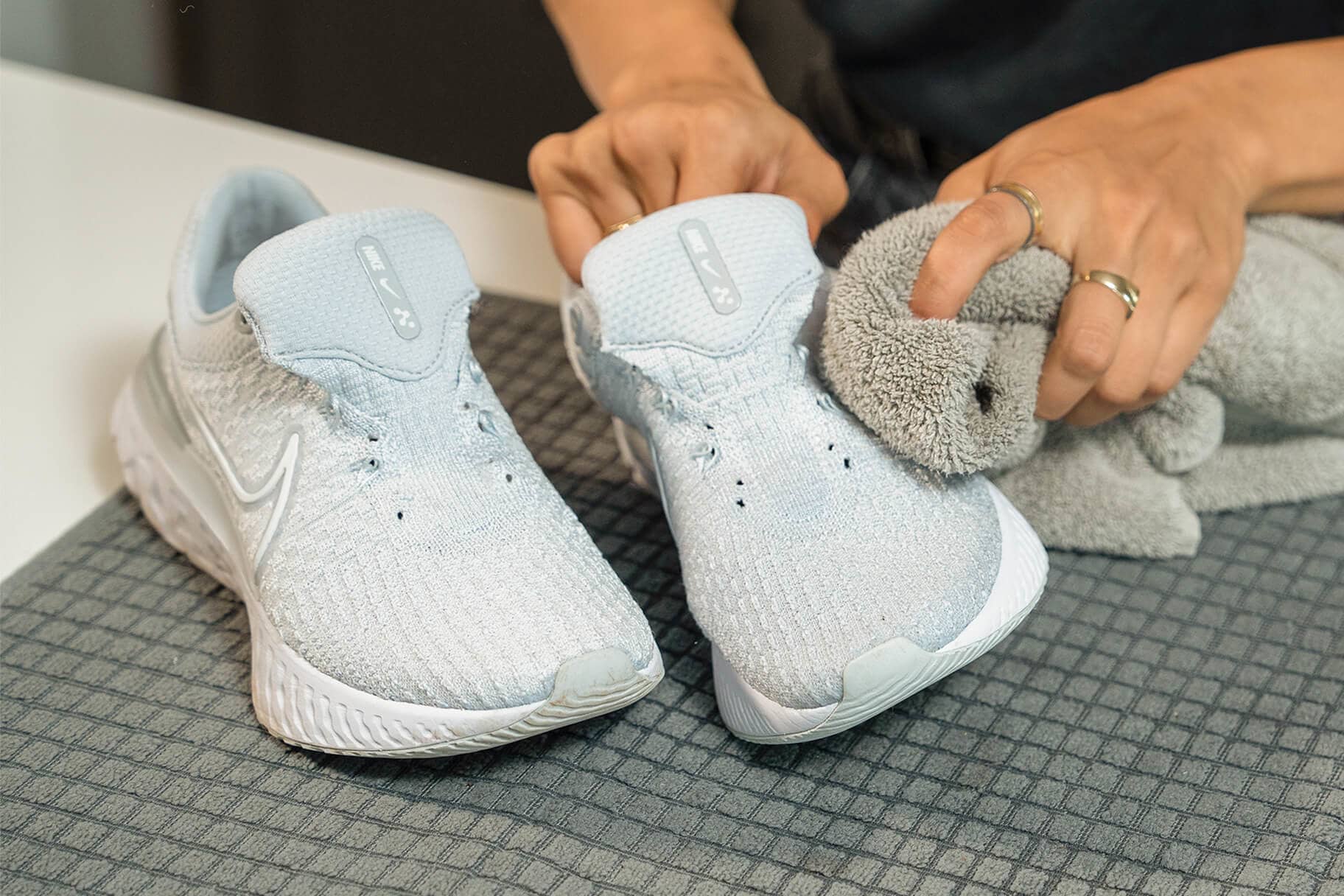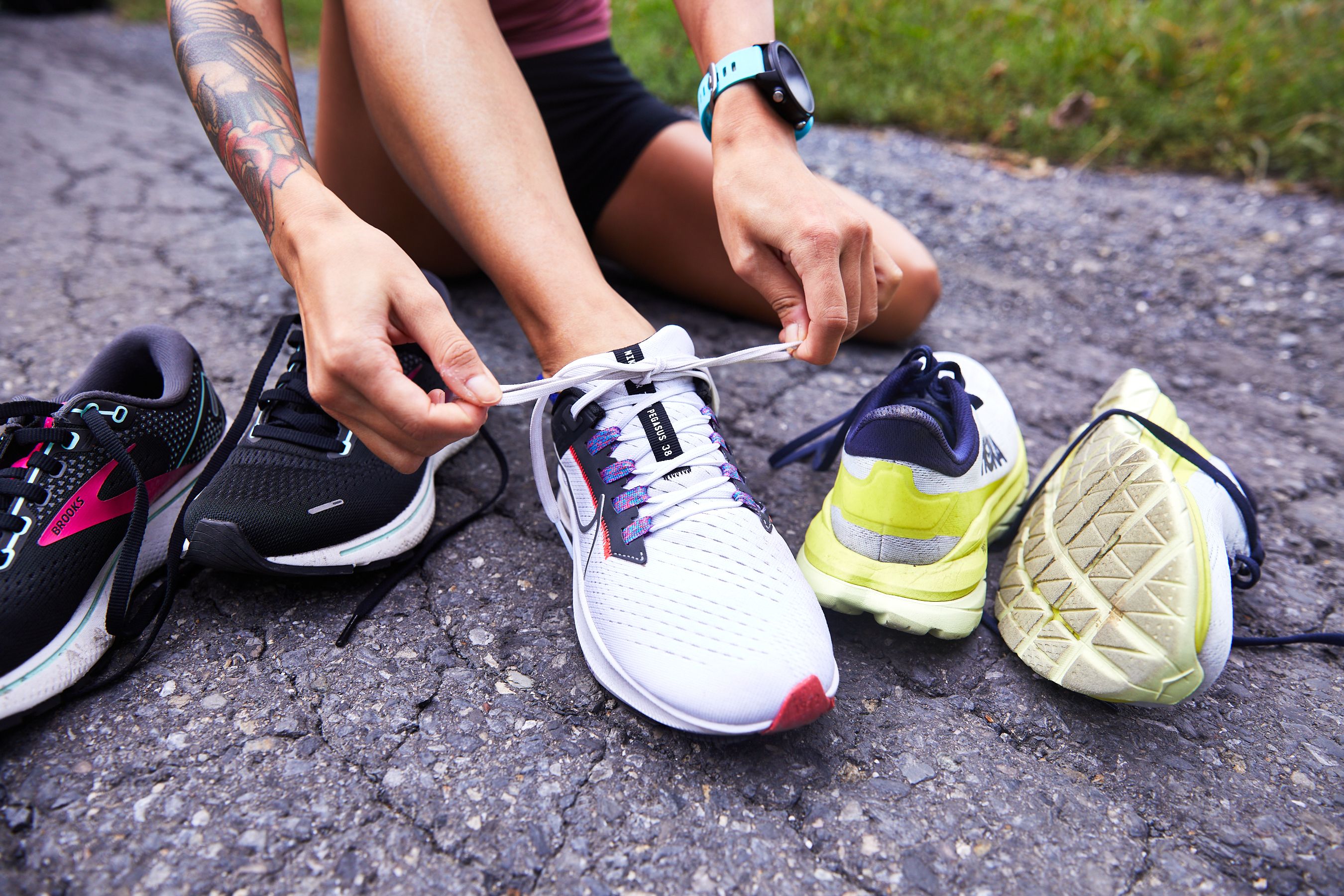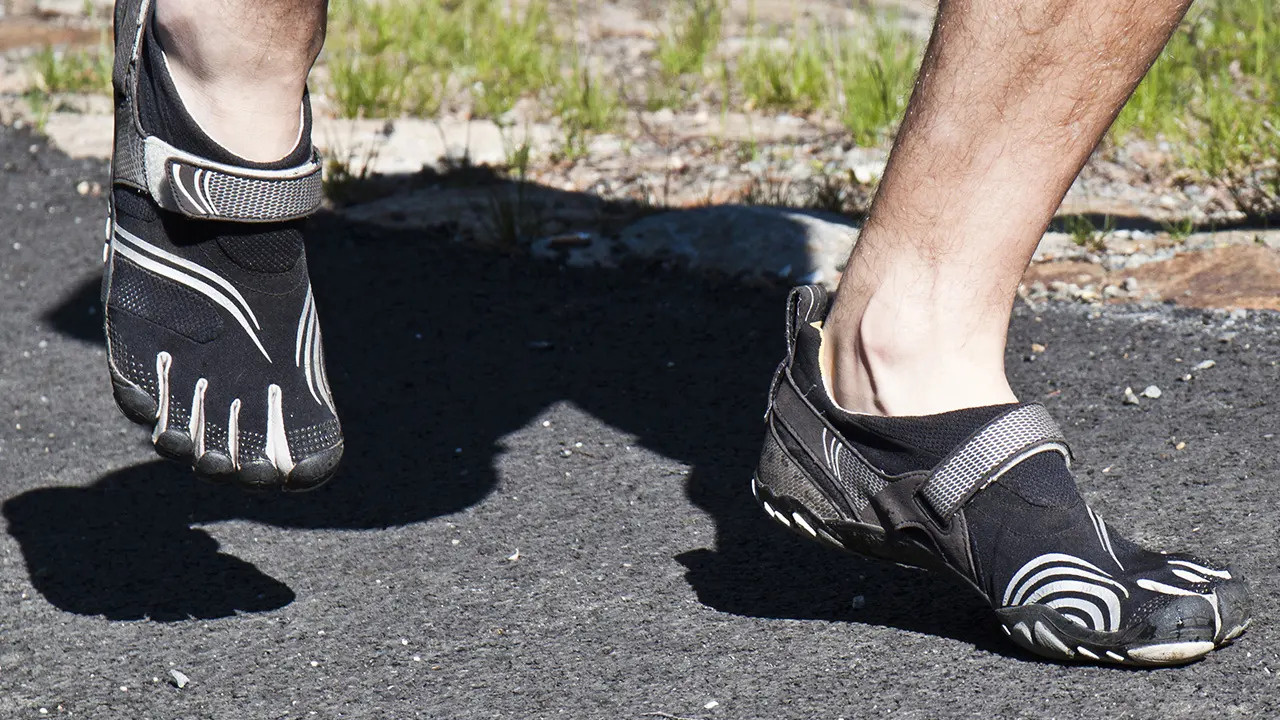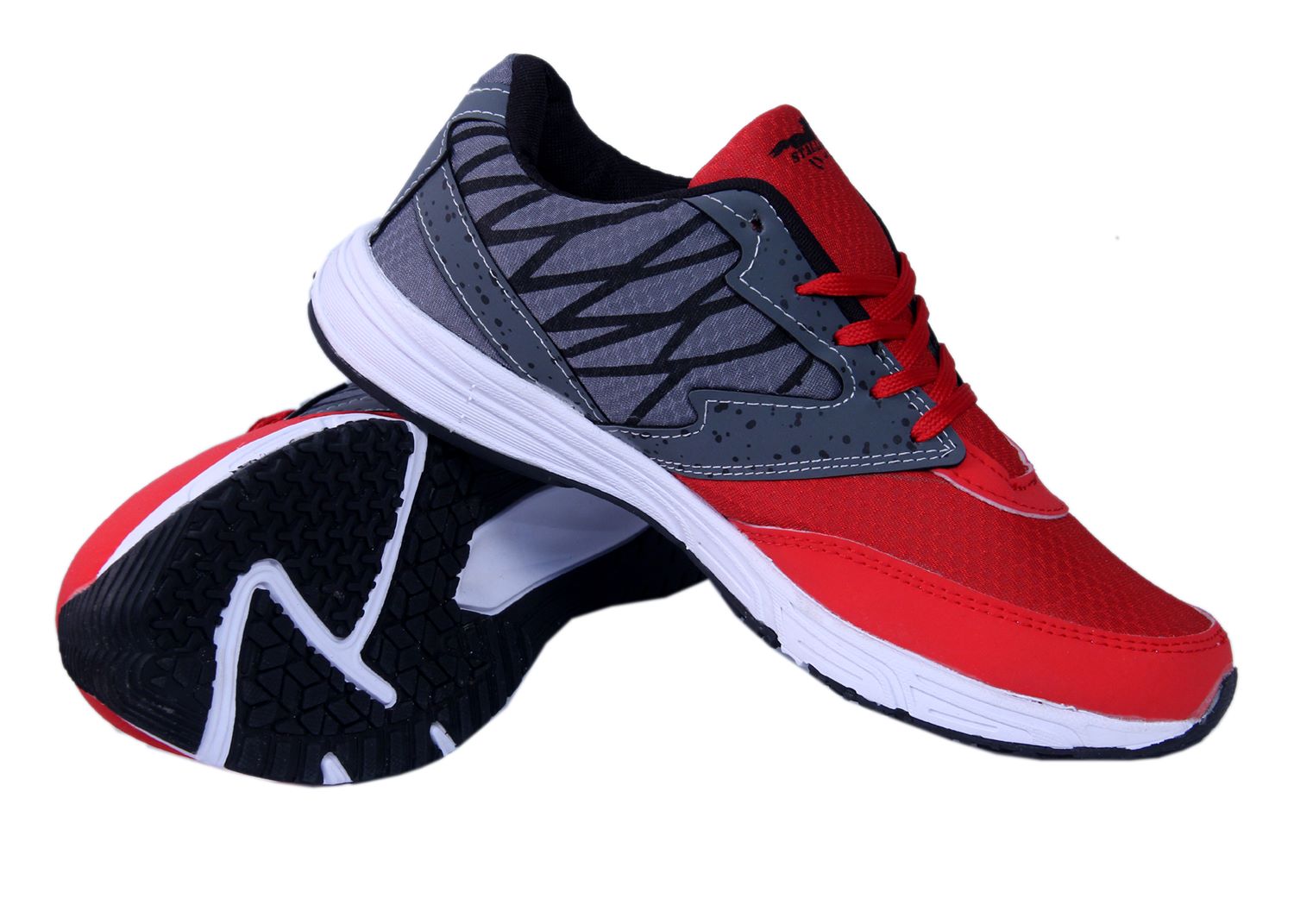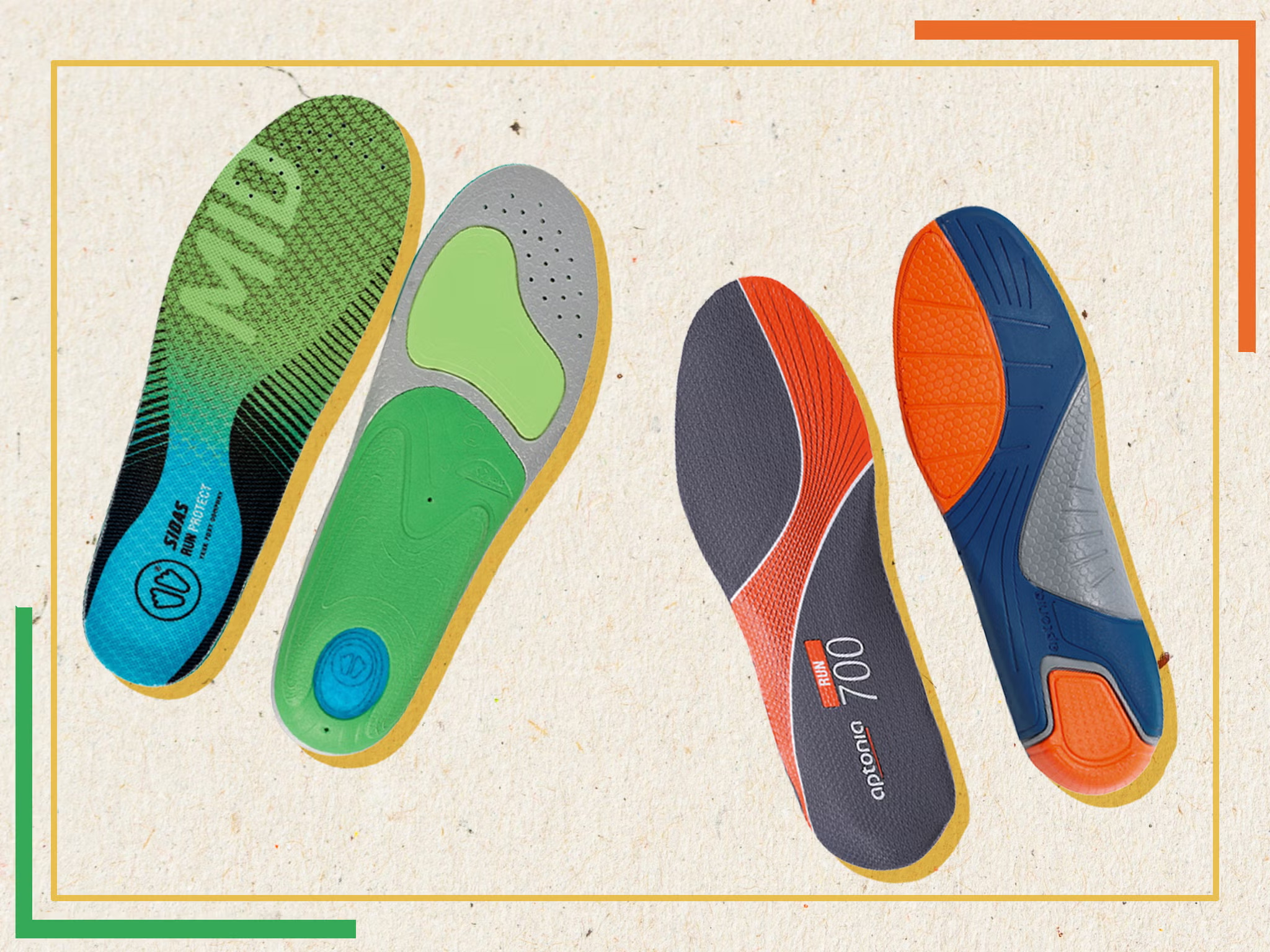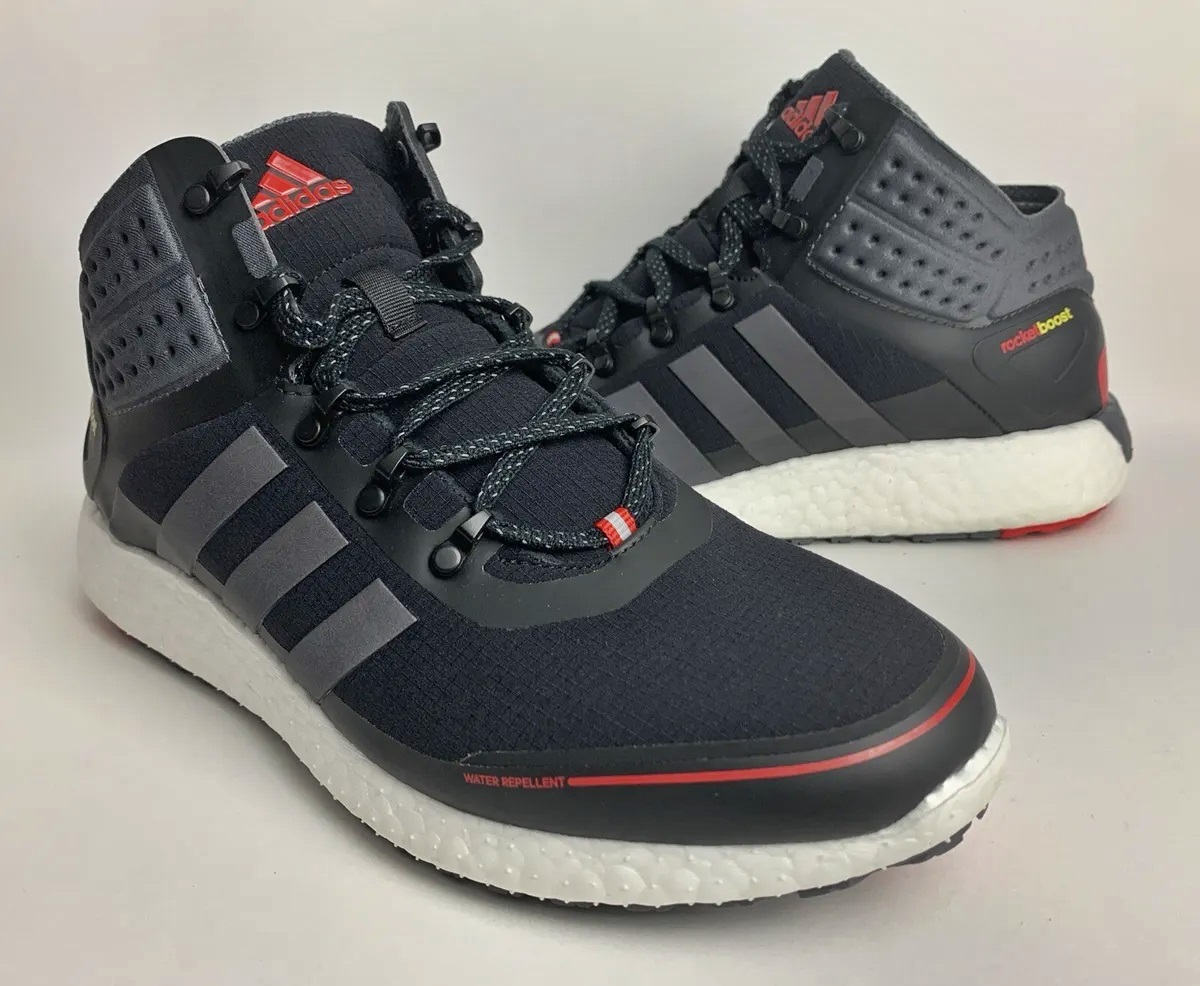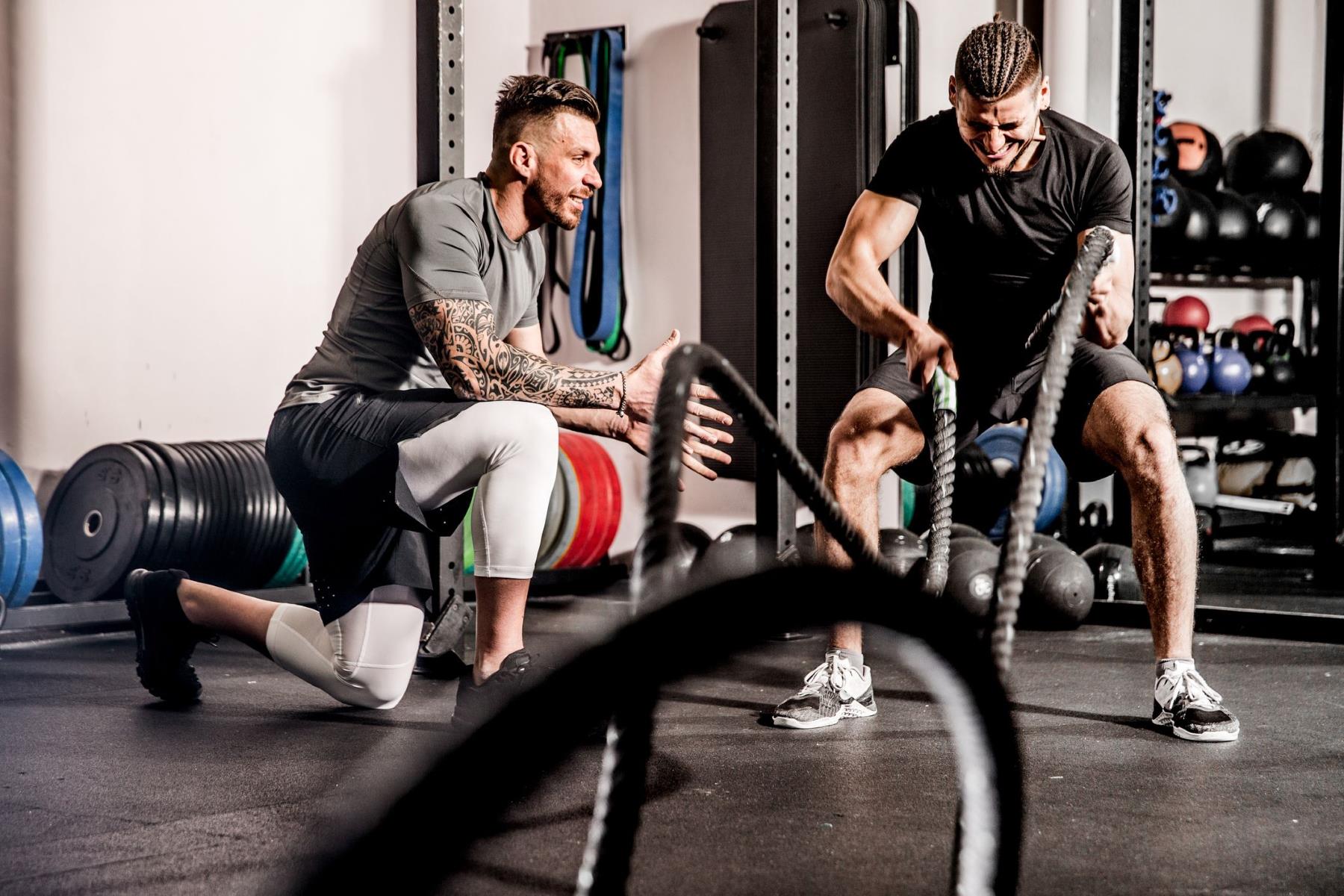Home>Misc>Featured>What Does It Mean When Wear Pattern On Running Shoes Is The Outside Of Soles
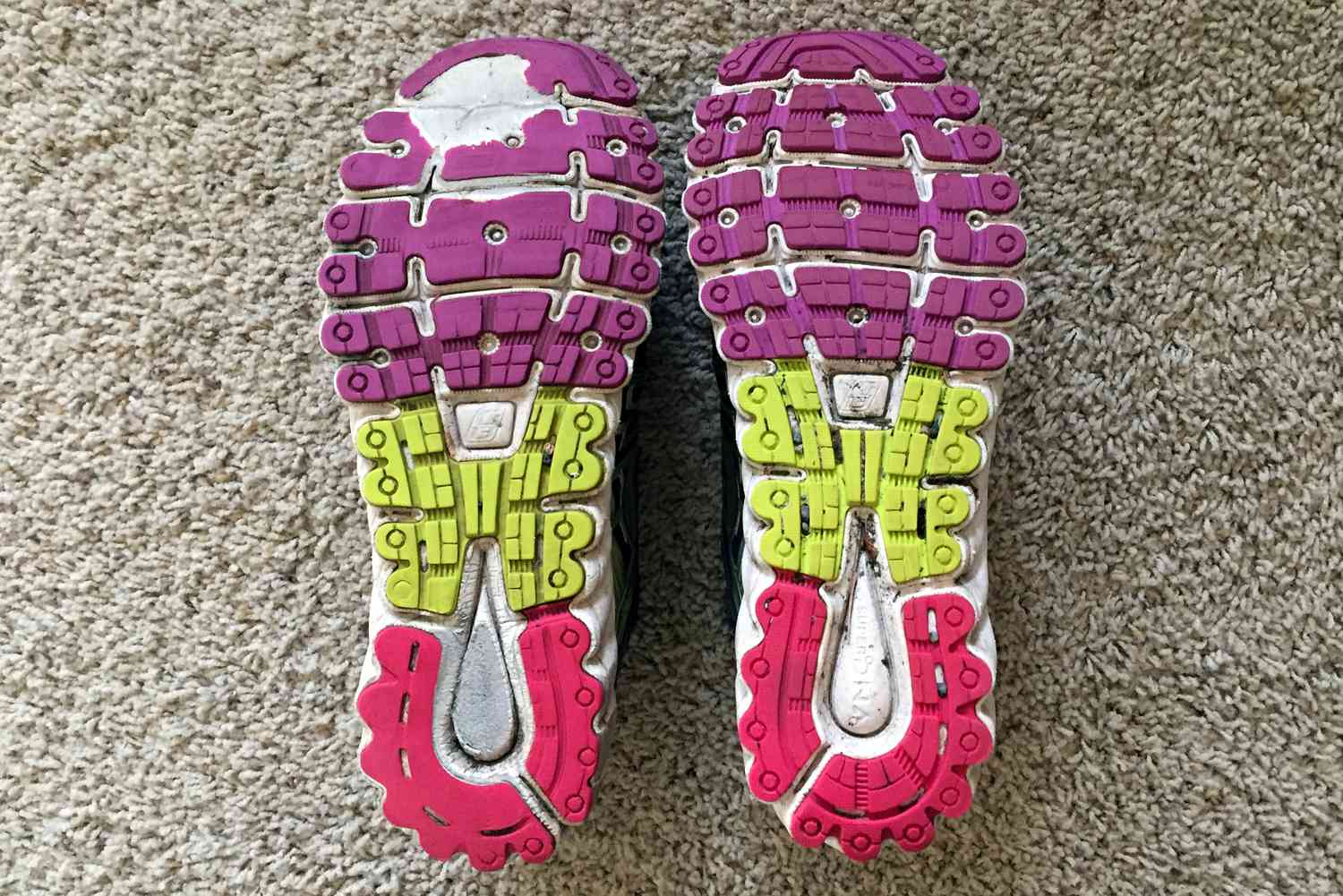

Featured
What Does It Mean When Wear Pattern On Running Shoes Is The Outside Of Soles
Modified: August 19, 2023
Discover the significance of a wear pattern on the outside of your running shoe soles. Learn what it means and why it's a featured phenomenon.
Introduction
When it comes to running shoes, the wear pattern on the soles can provide valuable insights into a runner’s gait and overall foot mechanics. One common wear pattern that many runners experience is wear on the outside of the soles. This wear pattern, often referred to as the outside wear pattern, can be an indication of certain biomechanical issues that may affect a runner’s performance and overall foot health.
Understanding the wear patterns on running shoes can help runners and shoe manufacturers alike in identifying potential problems and developing solutions. By examining the wear pattern, runners can gain valuable information about their running form and make necessary adjustments to prevent injuries and improve their running experience.
In this article, we will delve deeper into the outside wear pattern on the soles of running shoes, exploring the possible causes and implications and providing tips to address and prevent this wear pattern. Whether you are a seasoned runner or a beginner, understanding the wear patterns on your running shoes can enhance your running performance and keep your feet in optimal condition.
Understanding Wear Patterns on Running Shoes
Before we delve into the specifics of the outside wear pattern on running shoe soles, it’s important to have a basic understanding of wear patterns in general. When you run, the force exerted on your shoes varies depending on factors such as your running form, foot strike, and the surface you’re running on.
Over time, as you log more miles in your running shoes, the soles will inevitably begin to wear down. The wear pattern on your shoes can provide valuable information about how your feet are moving and absorbing impact during each stride.
Typically, wear patterns can be categorized into three primary areas: the outside of the sole, the inside of the sole, and the heel. Each wear pattern can indicate different aspects of your running mechanics and alignment.
Now, let’s focus on the outside wear pattern. This wear pattern occurs when the outer edges of the soles show more significant signs of wear compared to the rest of the shoe. It is important to note that wear patterns can differ between the left and right shoe, as well as between individuals.
By examining the outside wear pattern on your running shoes, you can gain insights into your running mechanics. It can reveal how weight is distributed when your feet strike the ground and how your foot rolls during the gait cycle.
The outside wear pattern is commonly associated with a supination, also known as underpronation. Supination occurs when your foot tends to roll outward as you run, resulting in more weight being transferred to the outer edges of the soles.
Runners with a high arch or a rigid foot structure are more prone to supination and may exhibit the outside wear pattern on their shoes. Supination can impact the overall stability and shock absorption of your feet, potentially leading to discomfort, decreased performance, and an increased risk of injuries such as ankle sprains or stress fractures.
Understanding the wear patterns on your running shoes, including the outside wear pattern, can help you identify potential issues with your running form and make necessary adjustments to optimize your gait and foot mechanics. In the next section, we will explore the possible causes of the outside wear pattern and how it can affect your running performance.
Exploring the Outside Wear Pattern on the Soles
When examining the outside wear pattern on the soles of your running shoes, it is essential to pay attention to the specific areas that show the most wear. By closely analyzing the wear pattern, you can gain valuable insights into your running mechanics and potential areas for improvement.
The outside wear pattern is typically concentrated on the lateral (outer) edge of the heel and the lateral edge of the forefoot. These areas experience increased friction and pressure due to the supination motion, causing accelerated wear.
One common sign of the outside wear pattern is worn-down rubber or tread on the outer edge of the heel. This indicates that your foot is landing on the outside of the heel and rolling excessively towards the little toe during the foot strike phase.
Additionally, you may observe uneven wear on the outer edges of the forefoot, especially below the fifth metatarsal (the bone connecting to your little toe). This is another indicator of the supination motion, where your foot fails to roll inward adequately, resulting in excessive pressure on the outer edges.
It’s important to note that the degree of wear on the outside of the soles can vary depending on factors such as your running surface, mileage, and the material of your shoes.
By closely examining the outside wear pattern, you can gain valuable insights into your running form and mechanics. This information can help you understand how your foot strikes the ground, how your weight is distributed, and how your foot rolls during the gait cycle.
Understanding the specific areas of wear on the outside of your running shoe soles allows you to address any biomechanical imbalances before they lead to discomfort or potential injuries. In the next section, we will explore the possible causes of the outside wear pattern and how it can impact your running performance.
Possible Causes of the Outside Wear Pattern
The outside wear pattern on the soles of your running shoes can be attributed to several factors. Understanding these potential causes can help you identify the root of the issue and take appropriate measures to address it.
1. Supination: The primary cause of the outside wear pattern is supination, also known as underpronation. This occurs when your foot rolls outward excessively during the foot strike phase. Supination can be influenced by factors such as high arches, a rigid foot structure, or an imbalanced gait pattern. When you supinate, more weight is transferred to the outer edges of your foot, leading to increased wear in those areas.
2. Inadequate Cushioning: Another possible cause of the outside wear pattern is inadequate cushioning in your running shoes. Insufficient cushioning fails to absorb the impact of your body weight effectively, causing excessive pressure on the outer edges of the soles as your foot strikes the ground. This can accelerate wear and contribute to the outside wear pattern.
3. Improper Shoe Fit: Wearing running shoes that are not the right size or shape for your feet can also lead to the outside wear pattern. If your shoes are too narrow or too tight, they can squeeze your foot and cause it to roll outwards, resulting in increased wear on the outer edges of the soles.
4. Running Surface: The type of running surface you frequently encounter can contribute to the outside wear pattern. Uneven or slanted surfaces, such as cambered roads or trails with a noticeable slope, can cause your foot to naturally tilt outwards, leading to increased wear on the outer edges of the soles over time.
5. Biomechanical Imbalances: Mechanical imbalances in your lower limbs, such as a leg length discrepancy or hip misalignment, can affect your gait pattern and contribute to the outside wear pattern. These imbalances can cause uneven weight distribution and increased stress on the outer edges of your feet during the running stride.
It’s important to note that these causes are not mutually exclusive, and more than one factor may be contributing to the outside wear pattern on your running shoes. By understanding the possible causes, you can take the necessary steps to address them and prevent further wear and potential injuries.
Next, we will discuss the impact of the outside wear pattern on your running performance and foot health.
Impact of Outside Wear Pattern on Running Performance
The outside wear pattern on the soles of your running shoes can have significant implications for your running performance. It can affect not only your comfort and stability but also your overall foot health and risk of injury.
1. Decreased Stability: The outside wear pattern indicates that your foot is rolling outward excessively, leading to decreased stability during each stride. This instability can affect your balance and make it more challenging to maintain a steady and efficient running form. An unstable gait can also increase the risk of ankle sprains and other lower limb injuries.
2. Reduced Shock Absorption: When running, your feet act as shock absorbers to help mitigate the impact forces generated with each step. The outside wear pattern can compromise the ability of your shoes to absorb shock effectively. As a result, you may experience increased discomfort and fatigue during your runs, as your feet are unable to effectively cushion the repetitive impact forces.
3. Impaired Propulsion: The outside wear pattern can also impact your ability to generate propulsion and forward momentum. When your foot lands on the outer edge, it reduces the surface area in contact with the ground, potentially leading to decreased power generation during push-off. This can result in a less efficient running stride and reduced speed.
4. Potential Overuse Injuries: Supination, which is closely associated with the outside wear pattern, can increase the risk of certain overuse injuries. The excessive pressure and stress on the outer edges of the foot can lead to issues such as IT band syndrome, plantar fasciitis, and stress fractures. Addressing the outside wear pattern is crucial to reduce the likelihood of these injuries and promote long-term foot health.
5. Compensatory Movements: In response to the outside wear pattern, your body may naturally make compensatory movements to try to correct the imbalance. This can result in altered running mechanics, such as increased hip or knee rotation, which can put additional strain on other joints and muscles. These compensatory movements can further exacerbate the risk of injury and hinder your overall running performance.
Understanding the impact of the outside wear pattern on your running performance can motivate you to take proactive measures to address it. In the next section, we will provide some practical tips to help you address and prevent the outside wear pattern on the soles of your running shoes.
Tips to Address the Outside Wear Pattern
If you’ve identified the outside wear pattern on the soles of your running shoes, there are several strategies you can employ to address and prevent this issue. By implementing these tips, you can improve your running mechanics, enhance your foot health, and optimize your overall running performance.
1. Choose the Right Shoes: Look for running shoes that provide adequate cushioning and support to help counteract the supination motion. Opt for neutral or stability shoes with features like supportive midsoles and cushioned heel areas. It’s also essential to ensure that your shoes fit properly, with enough room for your toes to move comfortably.
2. Pronation Control: Consider using orthotic inserts or arch supports designed to help control excessive supination. These inserts can help distribute weight more evenly across the foot and reduce the pressure on the outer edges.
3. Seek Professional Guidance: If you experience ongoing issues with the outside wear pattern, it may be beneficial to consult a podiatrist or a running specialist for a comprehensive gait analysis. They can assess your running mechanics and provide specific recommendations and exercises to correct any imbalances.
4. Strengthen Foot Muscles: Engaging in foot-strengthening exercises can help improve stability and minimize the effects of supination. Simple exercises like toe curls, calf raises, and ankle rotations can help strengthen the muscles in your feet and lower limbs, promoting better overall foot mechanics.
5. Gradual Increase in Mileage: Avoid pushing your mileage too quickly, especially if you’re just starting or experiencing the outside wear pattern. Gradually increase your running volume to allow your body, specifically your feet and lower limbs, to adapt gradually and minimize the risk of injuries.
6. Cross-Training: Incorporate cross-training activities such as cycling, swimming, or strength training into your routine. This can help maintain overall fitness, reduce the repetitive impact on your feet, and provide a balanced approach to your training.
7. Regular Shoe Rotation: Consider rotating between multiple pairs of running shoes to distribute the wear more evenly and give your shoes time to recover and regain their shape and cushioning. This can help prolong the lifespan of your shoes and reduce the impact of the outside wear pattern.
Remember, addressing the outside wear pattern may take time and require patience. It’s important to listen to your body, make gradual changes, and monitor any improvements in your running mechanics and foot health.
Now that you are equipped with practical tips to address the outside wear pattern, you can take proactive steps to correct any imbalances and enhance your running experience. In the final section, we will briefly summarize the main points discussed in this article.
Conclusion
The outside wear pattern on the soles of your running shoes can offer valuable insights into your running mechanics and foot health. By understanding the causes and implications of this wear pattern, you can take proactive measures to address and prevent it.
Supination, inadequate cushioning, improper shoe fit, running surface, and biomechanical imbalances are some of the potential causes of the outside wear pattern. The impact of this wear pattern includes decreased stability, reduced shock absorption, impaired propulsion, and an increased risk of overuse injuries.
To address the outside wear pattern, it is important to choose the right shoes with adequate cushioning and support, consider orthotic inserts or arch supports, seek professional guidance if needed, strengthen foot muscles, gradually increase mileage, incorporate cross-training, and rotate between multiple pairs of running shoes.
By implementing these tips and making necessary adjustments, you can improve your running mechanics, optimize your gait, enhance foot health, and promote overall running performance.
Remember, addressing the outside wear pattern may require time and patience. It’s important to listen to your body, monitor any changes, and seek professional guidance if necessary.
So, the next time you examine the wear pattern on your running shoes and notice the outside wear, don’t fret. Use it as a valuable tool to enhance your understanding of your running mechanics and take proactive steps to perform at your best while keeping your feet happy and healthy.
